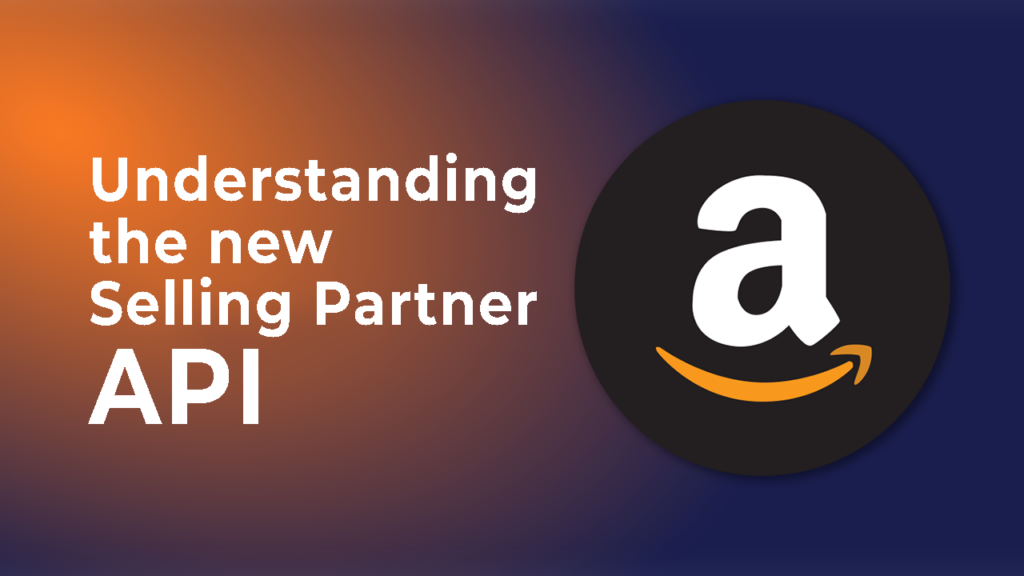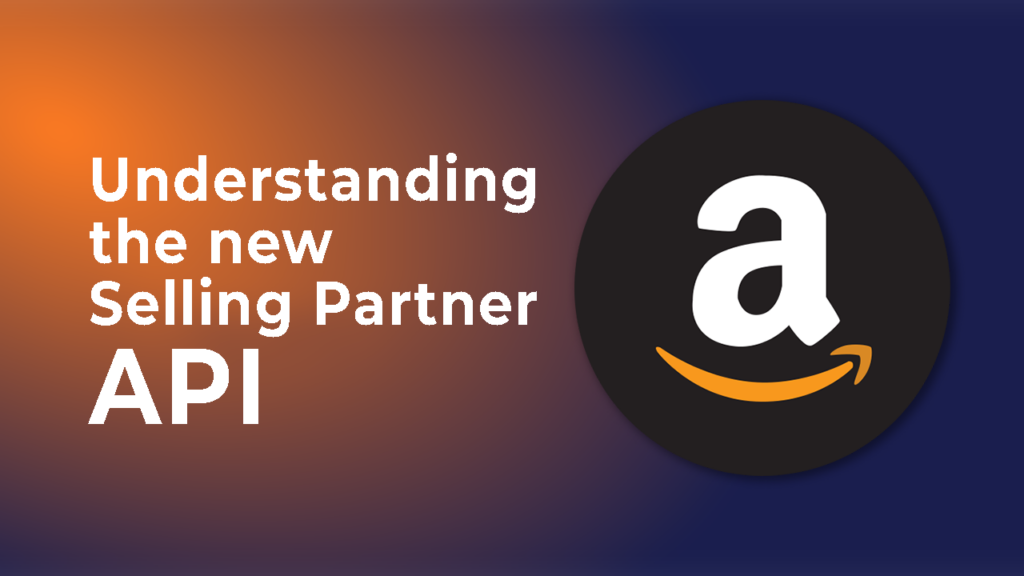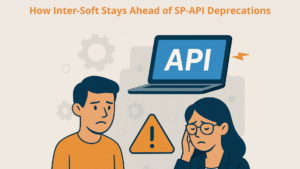Amazon – What you need to know about the new Selling Partner API (SP-API)
Table of Contents
ToggleAmazon has unveiled its latest Selling Partner API in 2021, a significant upgrade poised to replace the outdated MWS. This development presents a crucial opportunity for brands and vendors looking to enhance their presence on the marketplace. Let’s explore the key advantages of this major upgrade and the necessary preparations.

Understanding Amazon Marketplace Web Service (MWS)
Amazon Marketplace Web Service (MWS), in operation for over a decade, has long served as a pivotal interface for sellers, providing access to Seller Central and overseeing essential tasks such as product management and order processing. However, the aging MWS system has become outdated, showing signs of limitations in terms of speed, capacity, and error management. As the e-commerce landscape evolves, the need for a more dynamic and efficient solution becomes evident. Recognizing these shortcomings, Amazon has introduced the Selling Partner API (SP-API) as a modernized upgrade to address the deficiencies of the aging MWS, ushering in a new era of streamlined and enhanced functionalities for sellers on the platform.
Embracing the Selling Partner API (SP-API)
The Selling Partner API (SP-API) represents a modernized solution, incorporating the standards expected by today’s developers. It streamlines the migration process compared to the former Amazon MWS. This upgraded API retains all the features of MWS and introduces several new APIs for Vendor Central.

Key Features of SP-API:
- Enhanced authentication and authorization management using Login with Amazon (LWA) and OAuth 2.0.
- Modernized API design adhering to REST standards based on JSON.
- Introduction of an API sandbox version for testing before production.
- Inclusion of the first API for Vendor Central, where Amazon acts as the distributor for your products.
- Dynamic evolution of API call quotas based on merchants’ needs.
SP-API aims to automate data flow, increase sales efficiency, streamline manual processes, and provide insights and predictions regarding consumer purchasing intentions, ultimately optimizing advertising expenses.
What Actions to Take
Navigating the migration to Amazon SP-API involves a strategic approach. Begin by conducting a thorough assessment of your current integration with Amazon MWS. Identify key elements, such as product listings, order management, and authentication processes, to ensure a comprehensive understanding. Next, explore the documentation provided by Amazon for SP-API, familiarizing yourself with the updated features and requirements. Consider testing the new API in a sandbox environment to address any potential issues before transitioning to the production phase. Lastly, communicate with your technical teams and stakeholders, outlining a well-defined migration plan to guarantee a seamless and successful transition to Amazon SP-API.

Amazon SP-API with Inter-soft
Our Inter-Soft teams are presently evaluating this new API in preparation for development in the coming weeks. As a company with a dedicated focus on development expertise with Amazon, we take pride in being Software Partners with Amazon. Our development techniques are strategically aligned in partnership with Amazon, ensuring seamless integration and optimal performance.
If you’re currently engaged in selling on Amazon through Seller or Vendor Central, aspiring for self-sufficiency with your technical teams, or contemplating venturing into the marketplace soon, Inter-Soft is here to assist you. Whether you’re entrusted with the management of APIs for a retailer, brand, or agency, feel free to contact us whenever you need support or have inquiries.








